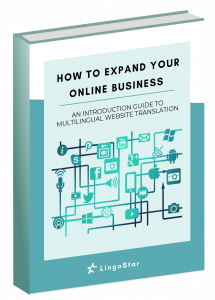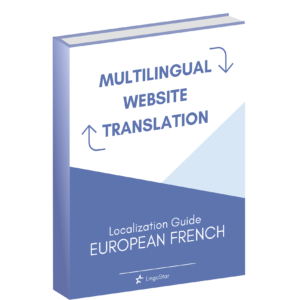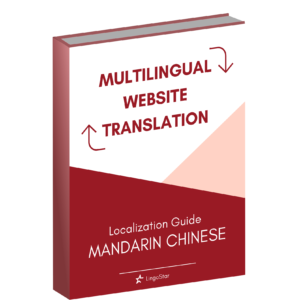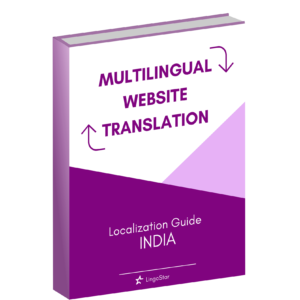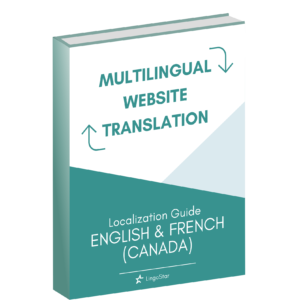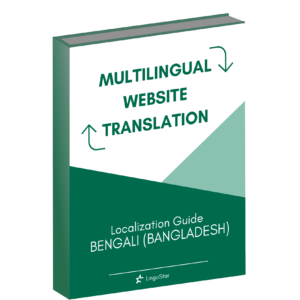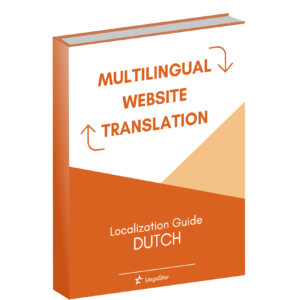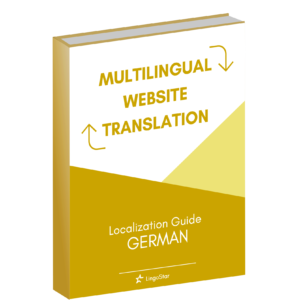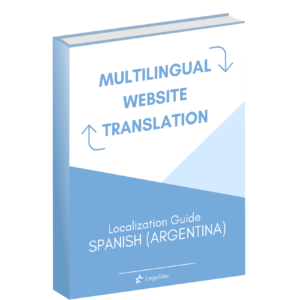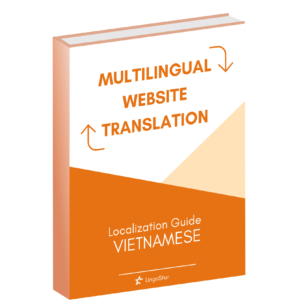The Difference Between Simplified Chinese and Traditional Chinese
Mandarin is spoken by over one billion people throughout Asia, including China, Singapore and Taiwan. Mandarin has become an imperative language in business gradually replacing English on account of China’s growing economy. However, most people might ask what the difference between Simplified Chinese and Traditional Chinese is and why Chinese people use different written text in different countries. In translation, oftentimes our clients are confused by Mandarin and Cantonese and where Chinese people speak them. We hope this article will work out your questions and clear up some of the complexities of one of the most difficult and oldest languages in the world. Mandarin and Cantonese are spoken languages. Maybe the most confusing of aspect is why we never see the words in either Mandarin or Cantonese, because they are two spoken dialects of Chinese language. Their difference is dependent on the region they are spoken in, not on their written characters. Mandarin is widely used in Mainland China, Taiwan and Singapore as an official language whereas Cantonese is specifically targeted in China’s Guangdong Province and in Hong Kong. Simplified and Traditional Chinese are written languages. Written Chinese has been used for several thousand years and was standardized during Qin Dynasty (221 – 206 BC). Until today, although there are many varieties of spoken Chinese dialects, but there are only two primary written systems: Simplified Chinese and Traditional Chinese. Simplified Chinese The proposal for simplified characters started as early as 1906. The purpose of simplified Chinese not only made the characters faster to write and easier to memorize, but also boosted literacy rate. After Chinese Civil War ended in...
